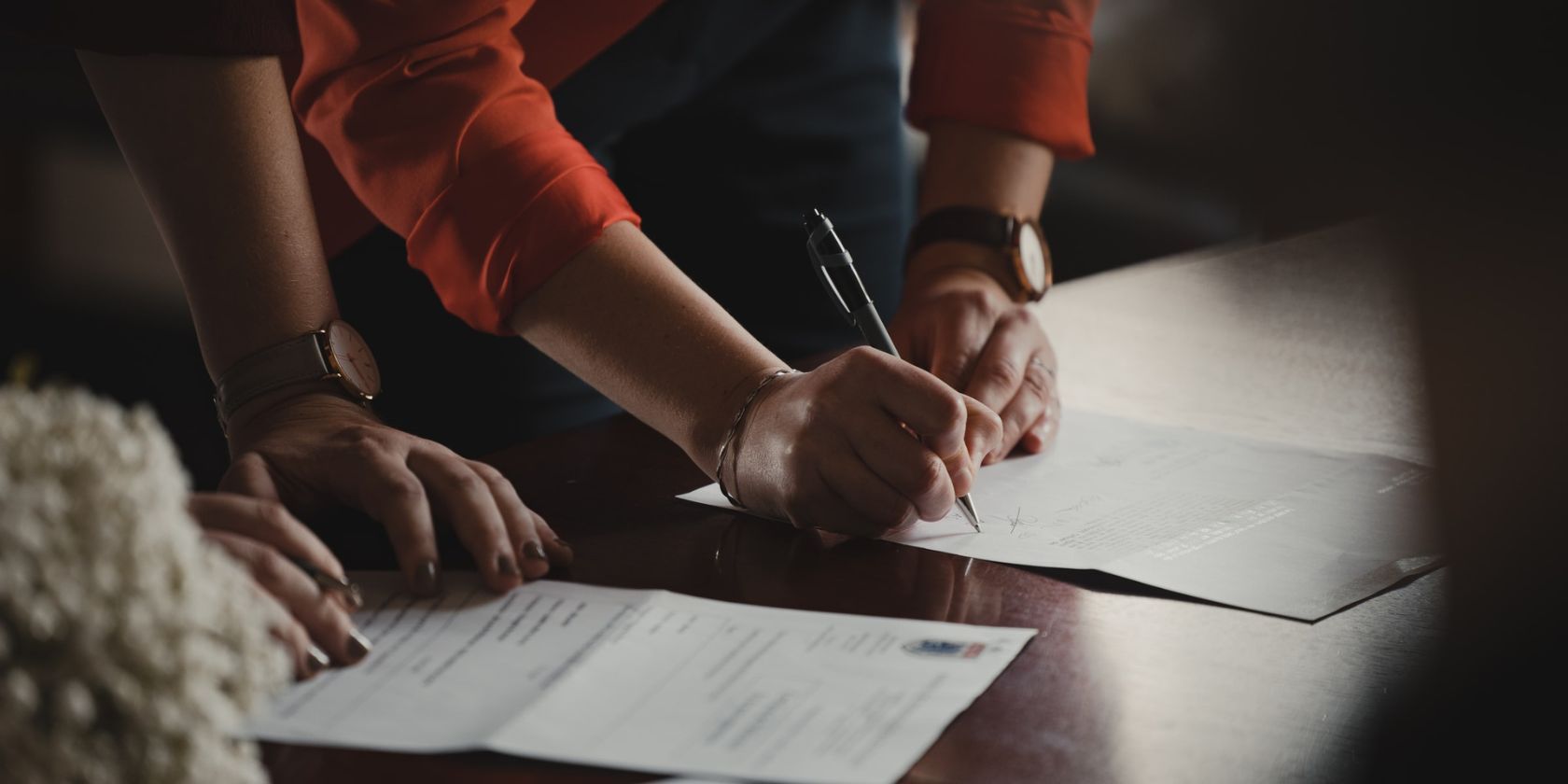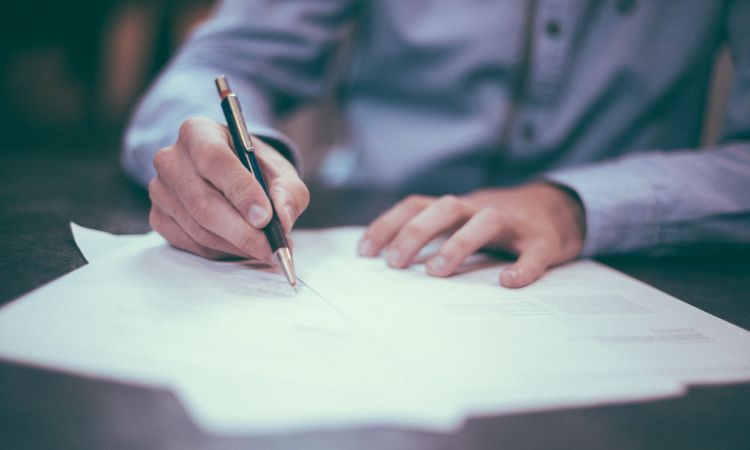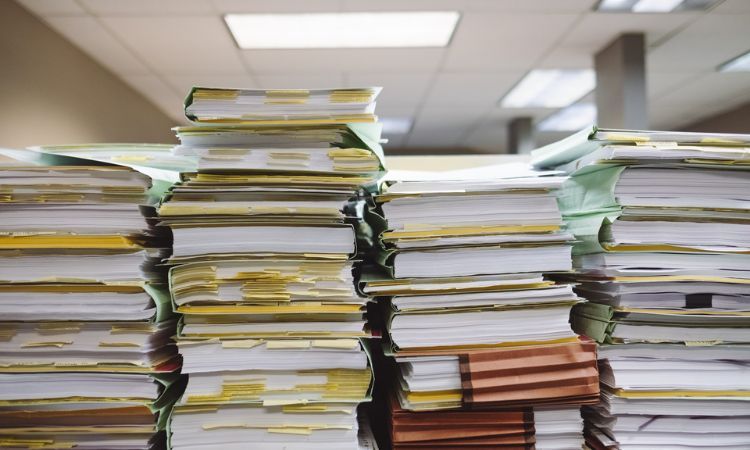Businesses typically work with sensitive information, including trade secrets, customer data, creative internal strategies, and small details about projects. Sensitive business information is considered a significant asset, so, understandably, a company may not want its employees to disclose anything to competitors in their market.
Businesses may use a Non-Disclosure Agreement (NDA) to protect their company information. Still, can an individual use an NDA to protect their personal information? What do such documents entail? And what types of information can they legally protect?
What Is the Definition of an NDA?
An NDA is a legally binding document that outlines and establishes a confidential relationship between at least two parties. The parties signing an NDA agree to avoid disclosing confidential information to third parties. They can also prevent someone from sharing proprietary information.
There are two main types of such agreements: mutual and non-mutual NDAs. A mutual NDA involves both parties signing and agreeing not to disclose information. In contrast, one party, specifically the party who could potentially disclose confidential information, signs a non-mutual NDA.
Aside from NDAs, another common document, a disclosure agreement, is the opposite. Health care professionals often ask patients to sign disclosure agreements so they can communicate a patient’s health details or medical records with other doctors or an insurance company.
NDAs can sometimes be problematic because their writers may intentionally use legalese, which is essentially confusing legal terminology that the average person may have difficulty understanding. However, according to lawyer Andrew Lustigman, deliberately obfuscating a contract can have negative ramifications leading to misunderstandings and even lawsuits from clients.
A good NDA should lay out clear standards in a consistent, comprehensible manner.
Why Are NDAs Used?
NDAs are common in today’s fast-paced business environment. New employees will often sign them, especially if that employee has access to confidential company or customer information.
A company will frequently use NDAs if it is seeking funding from potential investors. In these cases, the goal is to prevent competitors from learning about trade secrets or business plans.
If an employee discloses certain types of information, it could potentially lead to their company suffering losses or damages. An employee may also be able to illegally profit from some information, so an NDA can keep an employee from facing legal repercussions.
Ultimately, an NDA will set up employee expectations at the beginning of their time with the new company. Some of the world’s largest private businesses, including Apple and Google, often use NDAs to protect their assets.
For example, Apple keeps its future products and software closely guarded until it’s ready to make official announcements. NDAs can help companies secure their patent rights.
What Information Is Protected by an NDA?
NDAs can protect personal information too—in fact, it’s become more widespread for individuals to use NDAs. For example, it’s common for lawyers to use NDAs to protect their client’s information.
Some celebrities will even use romantic NDAs for protection. Broadcast platform Audacy reports that even well-known rapper Jack Harlow asks female partners to sign NDAs before spending time with him.
Here are some examples of what information can be protected by an NDA:
- Business processes.
- Strategies and methods.
- Product designs and specifications.
- Formulas.
- Physical devices.
- Vendor and customer lists.
- Software.
On the other hand, there are some instances in which data cannot be fully protected by an NDA:
- Information the party has access to before signing the NDA.
- If the disclosing party authorized the receiving party to disclose the information.
- When information is already in the public domain.
- When a court of competent jurisdiction, a government agency, or the law requires the information to be shared.
- If the information was disclosed to a receiving party on a non-confidential basis by a third party other than the disclosing party.
- Any information received by reverse engineering.
Additionally, data obtained electronically, including most personal information, is usually poorly protected by an NDA because it can contain large amounts of information. Some NDAs will have security clauses to identify which data is deemed confidential.
Confidentiality Agreements vs. NDAs
NDAs are sometimes referred to as confidentiality agreements. However, these terms have different meanings.
A confidentiality agreement binds all parties to keep secrets confidential. In contrast, an NDA upholds confidentiality by establishing a relationship between two or more parties.
In simple terms, NDAs are best suited for situations with one-way communication, whereas confidentiality agreements are best for instances where two parties are working on a project that requires them to share proprietary information.
Most NDAs will include a confidentiality clause or a non-disparagement provision to prevent the party signing from speaking negatively about the disclosing party or a specific shared experience.
Understand NDAs Before Signing Them
NDAs are useful in business, but they have their fair share of limitations and disadvantages.
NDAs can be tricky, so it’s crucial to understand what implications they have, what language they use, and what could happen to you if you violate them. Be sure to read an NDA carefully before putting pen to paper.




